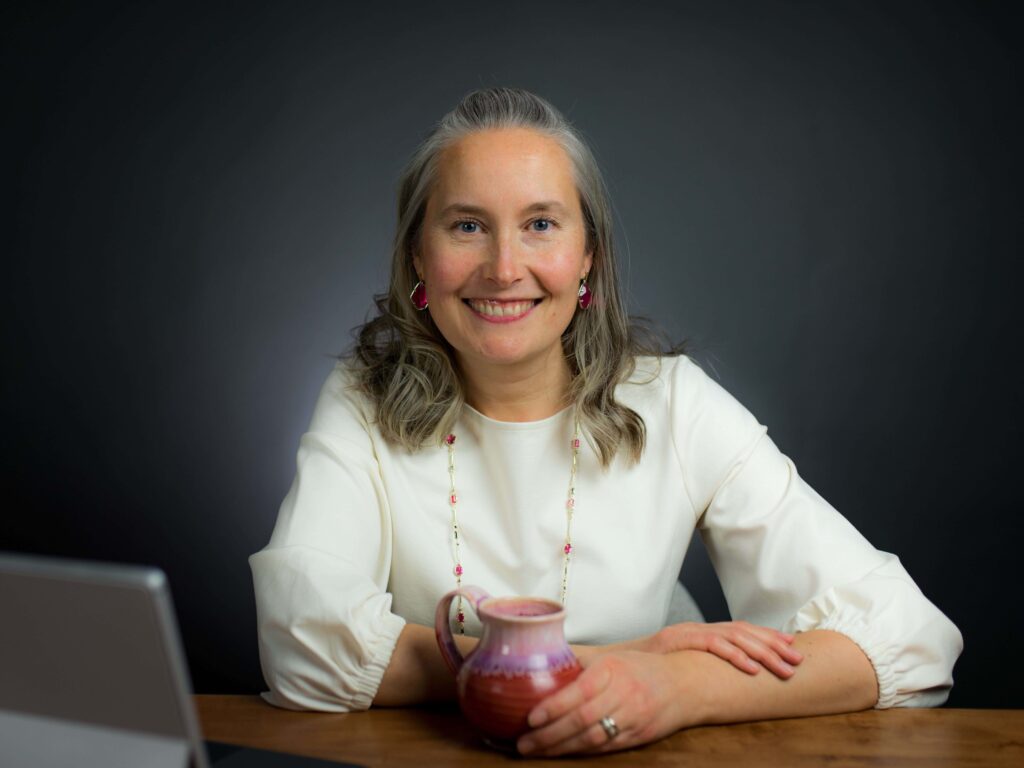Change and Hope are just on the horizon.
That’s a good thing, because we need it. Our collective pain is high right now. We can see it in the stats and research on burnout and overwhelm, drops in employee engagement and the lowest productivity in decades. But more importantly, we can see it in ourselves, our colleagues, families and even communities. We don’t have to look far to see our collective “lack of exhale”. The rush. The unintended frustration or impatience. That hustle to get home, only to bring our most depleted and exhausted selves back to our loved ones.
We need to stop the pain – we just don’t know how.
Hang in there.
We’re learning.
Collectively, we are in a transition stage.
I see this clearly in the work I do. Most of us haven’t been formally taught how to set work boundaries, and we don’t know how to create manageable workloads given the high work demands.
We only have one strategy: work hard – then work harder.
But that approach is dying. We’ve exhausted its value and need a new way of working. Here’s the good news: when we stop the exhaustion – we have better outcomes. Relief drives results. Especially when we do it in a supported manner, with some strategy work and intentional focus.
Right now, businesses don’t quite know what to do about all this overwhelm, quiet quitting, and exhaustion. We are in the messy middle. Our leaders and teams haven’t experienced what sustainable work might actually look like – and most haven’t tasted the newfound energy, clarity or creativity that arises from it. It’s coming though. I see it.
There are too many good organizations and people doing great work to reduce overwhelm and tackle burnout to let this pain continue. Whether it’s organizations like The McKinsey Health Institute’s and their research on burnout, authors like Brigid Schulte or Dr. Jeffrey Pfeffer out of Stanford, or the great coaches and consultants out there – each working hard to drive a shift in this space.
We need leaders and businesses to take up the fight too. We need to stop looking at burnout and engagement simply through the lens of wellness – and start looking at it as the foundation for strong business.
As leaders, we need to commit to the real work of restructuring our work environments, workflows, and build buffer within teams for lasting change. We need to relook at workload allocations and create sustainable frameworks that optimize team health – which will require a shift in resourcing models and make us reframe our views on productivity. It will force us to look at the impact our approach to work has on society. This is the work. The hope. This is the horizon.
For some actions you can take individually, be sure to check out our Forbes article on the 7 Habits of Leaders with Strong Boundaries – and for ideas on organizational opportunities check out our Stop Fighting Burnout Through Wellness Alone—Try This Instead. You can also find a variety of free resources on our website.
As always, thanks for reading. And if you would like support in transitioning towards sustainable work flows, please email us at info@integratingwork.com. We’d love to support you.
All the best,
Woodrie & The Team


